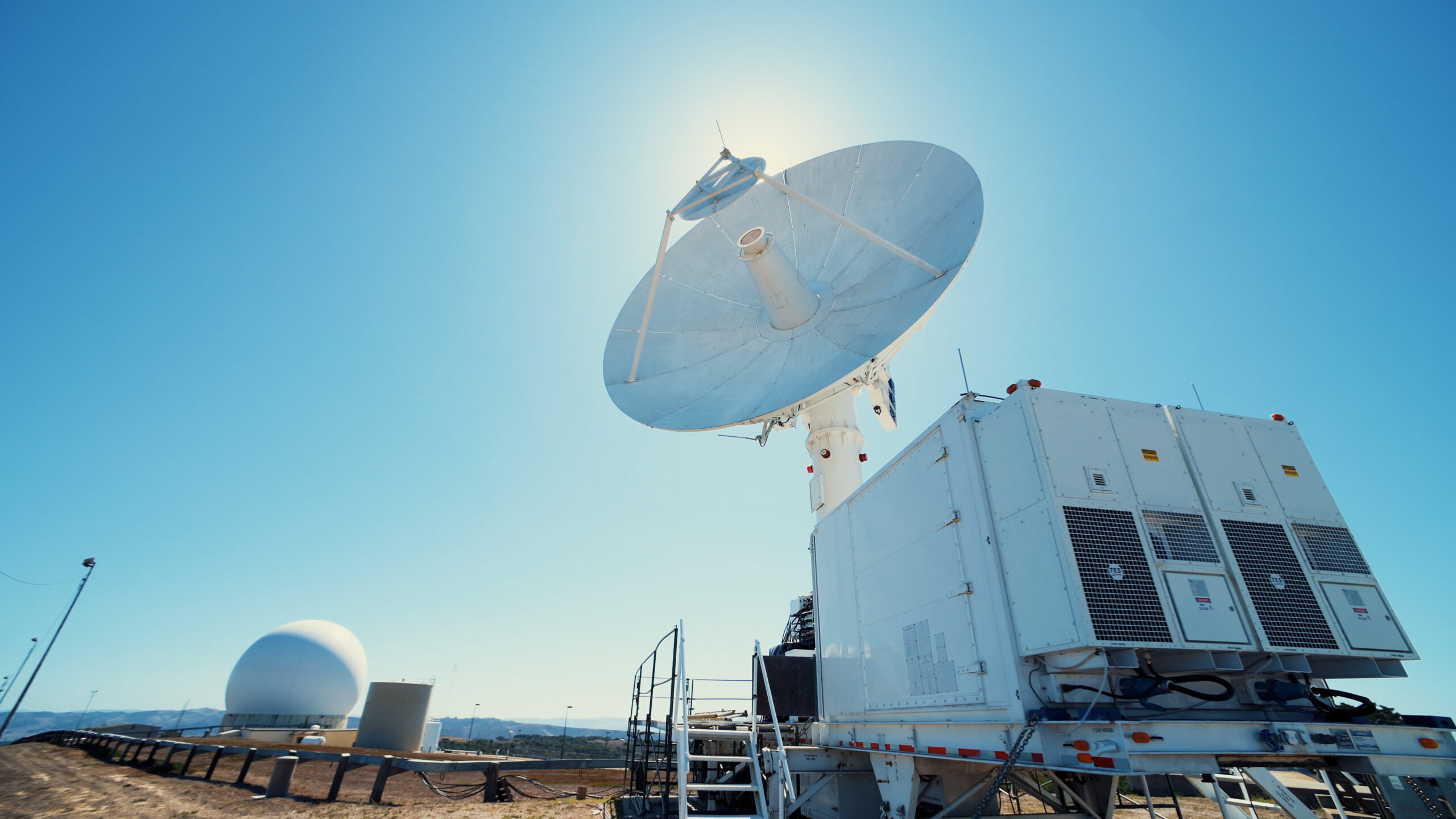THERESA HITCHENS

WASHINGTON — The Space Force has put together a new team under Space Operations Command to streamline the processes the service uses to bring already proven but still experimental tech more quickly into the hands of Guardians, Space Force officials told Breaking Defense.
Space Operations Command (SpOC) Commander Lt. Gen. Stephen Whiting established the team, led by the Acting Deputy Commander General-Operations (DCG-O) Christopher Ayres.
“DCG-O is working on ways to accelerate the delivery, or onboarding, of [capabilities] to the field faster. The current threat environment demands that we deliver these capabilities faster. To onboard faster means we have to look at all elements of the process to include at logistics, sustainment, training, testing and personnel requirements,” a Space Force spokesperson confirmed.
That review includes an effort to speed high-priority, usually classified, new capabilities developed by the Space Rapid Capabilities Office (SpRCO) through the “operational integration” process, according to service officials.
SpRCO head Kelly Hammett told Breaking Defense that the idea is to “challenge the current system.” The issue, especially for SpRCO, is that the operational integration process involves “tens of force generation elements with POAMS [plans of action and milestones] that take years to close everything out,” he said.
That process, Hammett explained, doesn’t work for SpRCO’s products, which are by design developed rapidly and in small numbers. “So, we’re pushing some proposals about how to have a different construct,” Hammett said, that is “tailored” for SpRCO’s products.
That said, he added, there does have to be SpOC review to ensure new tech actually can be maintained without requiring extraordinary expenditure of resources.
“I also understand, from the operational side of things, they do have to worry about the O&M [operations and maintenance] and the sustainment,” Hammett said. “We can’t just throw them a thing and say: ‘it works; have fun.”
SpRCO already has the go ahead for one program that could serve as a model or prototype for the future that can be discussed in the public domain: the Satellite Communications Augmentation Resource (SCAR) program, Hammett said.
His office on May 21 awarded New Mexico-based startup BlueHalo a $1.4 billion Other Transaction Agreement award for SCAR, which “will augment satellite control capacity for the Satellite Control Network” (SCN) which provides tactical control links for Space Force satellites, according to an SpRCO press release.
The SCN comprises a number of ground-based command and control (C2) and tracking stations that perform tracking, telemetry and commanding (TT&C) for satellite operators in the US military, at NASA, the National Oceanic and Atmospheric Administration and the National Reconnaissance Office. The primary C2 station is at Schriever SFB in Colorado; the secondary at Vandenberg SFB in California.
“SCAR will increase communications capacity ten-fold for satellites in geosynchronous orbit through transportable, electronically steerable phased array antennas, and will do so in a scalable way as the demands on the SCN rapidly grow in the coming years,” the press release added.
Currently, the Space Forces uses “one dish, one bird” — that is, one antenna for operating each satellite, Hammett explained. “SCAR lets you handle, like, 20 satellites with one steerable, modern-tech beam.”
SCAR was developed “via a tightly-coupled partnerships” with SpOC, Space Systems Command and the Space Warfighting Analysis Center (SWAC) aimed at smoothing the system’s transition to production and operations, the SpRCO press release noted.
“We know we need more capacity for this,” Hammett said, but precisely how many SCAR units will be determined by the SWAC’s force design process. Then, SpRCO will “build one (or a few) and then give it to Space Systems Command,” which in turn “build the production line” for the rest of the buy. SWAC has been working on a force design for “space data transport” systems for both space-to-space and ground-to-space links, including antennas and receivers used by commercial satellite operators.
“That’s the model that we’re trying get going … the first exemplar,” Hammett said.
No comments:
Post a Comment